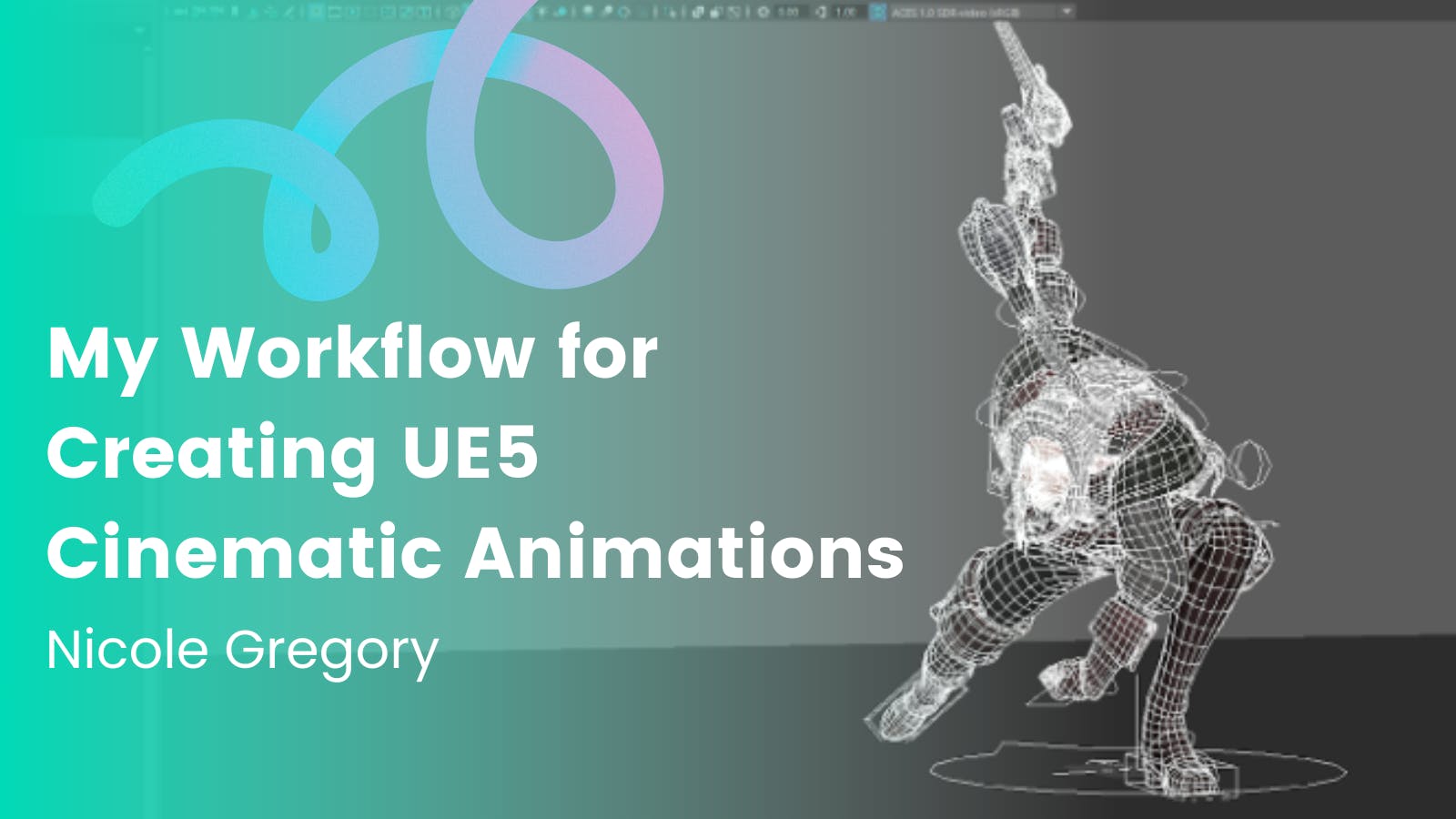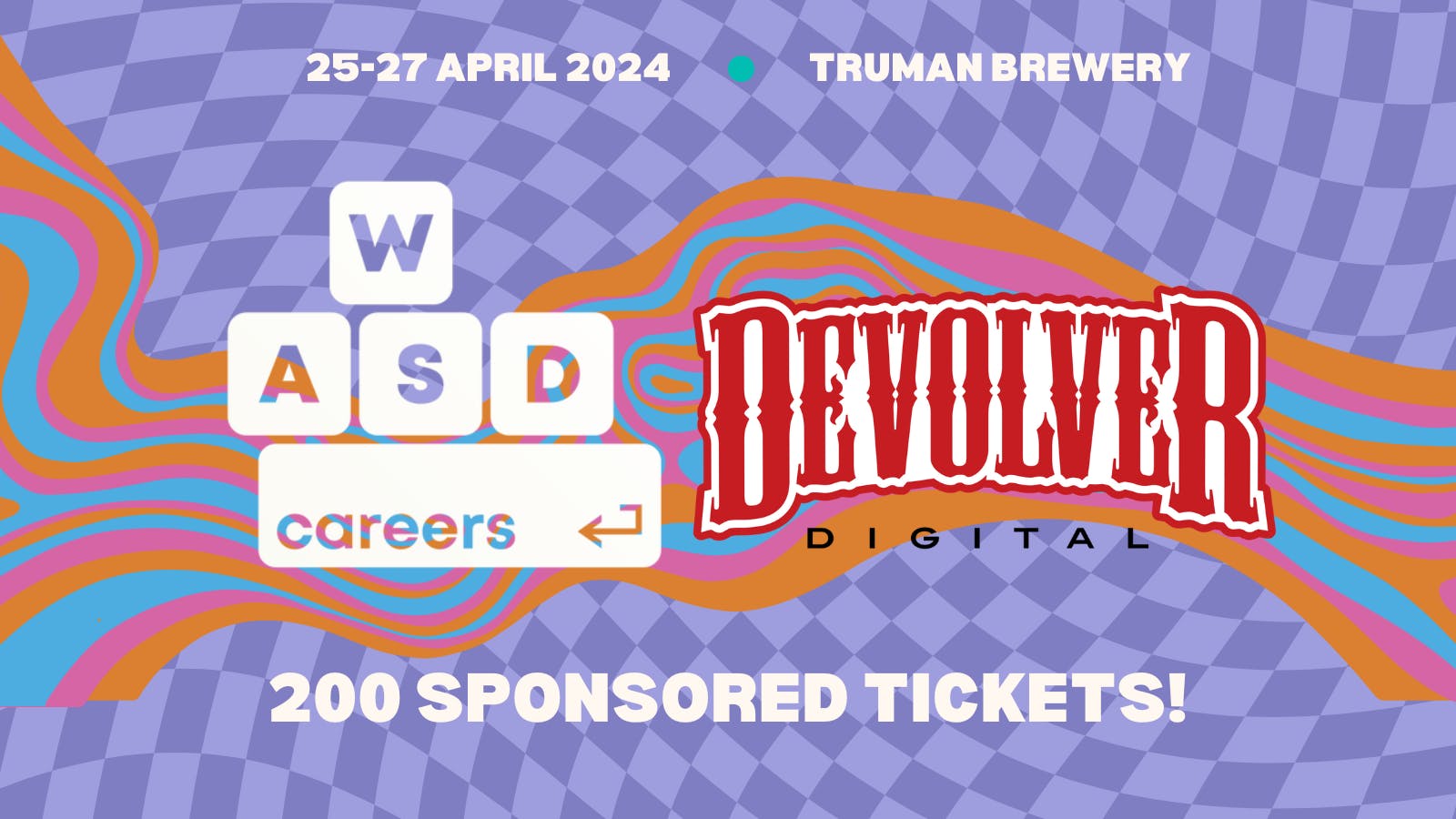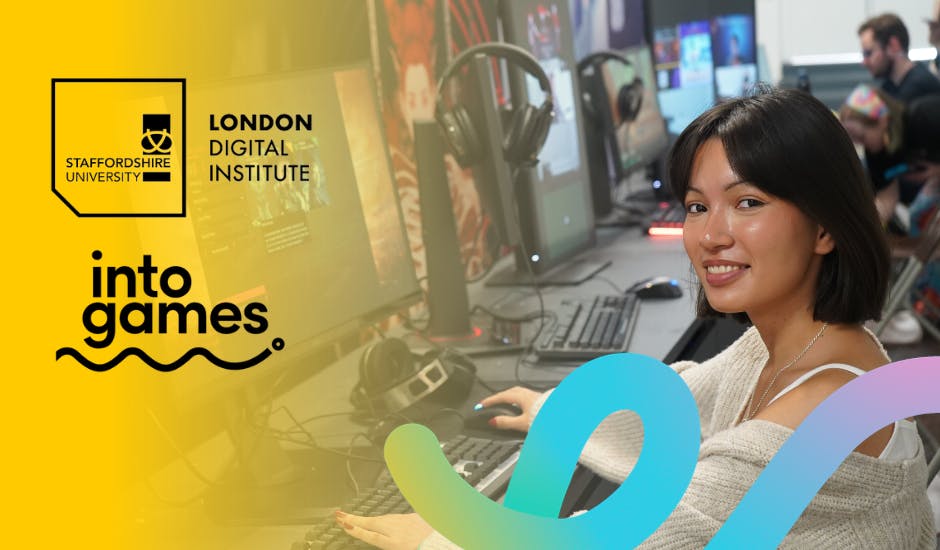YOUR LEARNING JOURNEY
Some, but not all, people working as a Level Designer have a degree in Game Design. Above all, you should be someone that loves designing things, creative problem solving and collaborating with others.
As a professional, you’ll be adding artistic detail to a game by designing the way characters, settings, and props look and move that work in accordance with the gameplay. You’ll possess knowledge of game engines like Unity and Unreal and coding languages like C++, C#, Java and Python.
You will have a defined creative process, sketching and refining your designs on software like Photoshop, InDesign, Illustrator and Dreamweaver. And using 2D and 3D animation software like After Effects, Maya, Modo and Blender to bring your designs to life. We recommend using our tool picker to help you choose the right ones for your current level and purpose.
Working in the games industry is highly competitive and you’ll need to make sure your portfolio (a collection of your best work) stands out to employers and course leaders.
As a Level Designer, your work should exhibit games you’ve designed, showcasing concept designs, prototypes and finished work. You should show a range of technical skills and an understanding of fundamental game-design principles. For more general ideas on developing your portfolio, see our top tips page.
Whatever role you are working in, it is essential that you understand the game making process. You can head to our build a game section for first steps; join a regular game jam to build up your skills & network; or start modding others games to gain experience.



.png?ixlib=gatsbyFP&auto=compress%2Cformat&fit=max&w=1600&h=900)


.png?ixlib=gatsbyFP&auto=compress%2Cformat&fit=max&w=1600&h=900)
.png?ixlib=gatsbyFP&auto=compress%2Cformat&fit=max&w=1600&h=900)